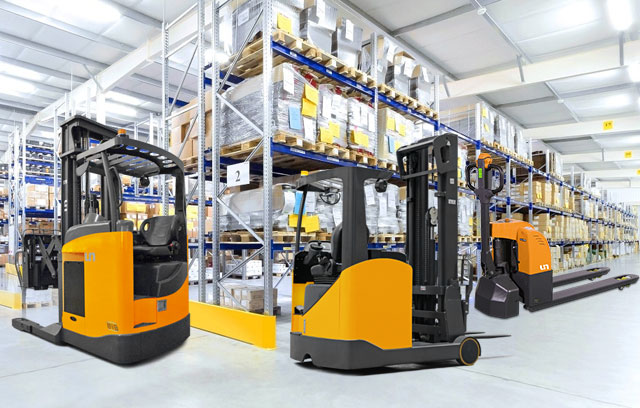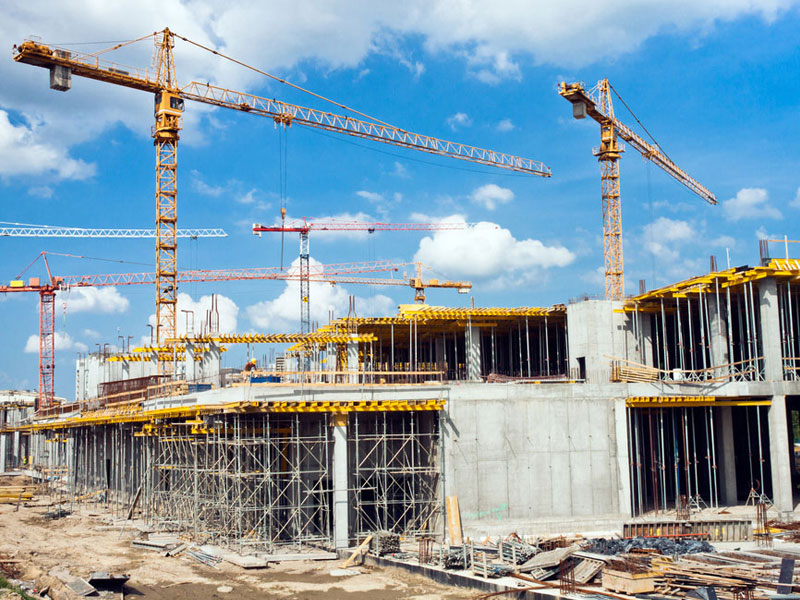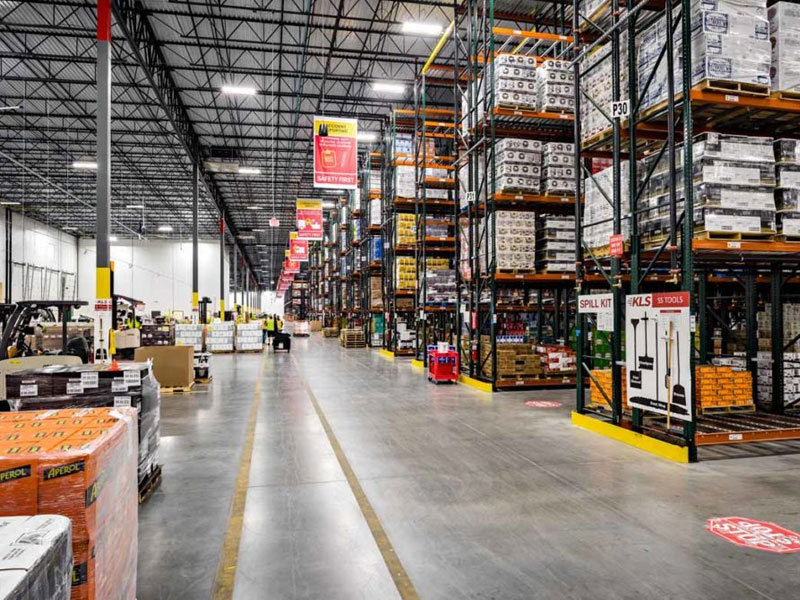In actual industrial working environments, electric forklifts not only undertake tasks such as material handling and storage stacking, but also have to deal with various workplaces with insufficient light, such as at night, in underground garages, tunnel passages, and low visibility conditions such as haze, rain and snow. Under such conditions, the safety risk of operations increases significantly. In order to ensure the safety of operators and surrounding personnel, electric forklifts are often equipped with special auxiliary lighting devices and visual warning systems.
From the perspective of lighting, modern electric forklifts are generally equipped with headlights, taillights and work lights. These lamps are not only used to illuminate the road ahead and the working area, but also to remind surrounding personnel to pay attention to the location of the vehicle. The lighting source used is mainly LED light sources with the characteristics of energy saving, high brightness and long life. It has strong penetration and can still provide clear lighting under interference factors such as dust and moisture. When loading and unloading goods at night, the front working light can accurately illuminate the fork operation area, helping the operator to judge the position of the pallet and the direction of the goods, thereby reducing the situation of goods dumping or forking errors.
In order to enhance peripheral perception, forklifts are often equipped with laser positioning lights, blue light warning lights and red line boundary lights. The laser projection device can form a clear warning line on the ground when the forklift moves, reminding pedestrians around to keep a safe distance. Blue and red light indicators are generally installed at the rear or side of the vehicle. When the forklift reverses or turns, it will project a light spot or light on the ground, so that it can effectively attract attention even in noisy or limited vision environments, thereby reducing the risk of collision and pinching.
In addition to lighting devices, the role of visual warning systems in low-visibility operations cannot be ignored. Some electric forklifts are equipped with visual assistance systems, such as wide-angle cameras and rear-view monitoring displays, to help operators understand the surrounding conditions of the vehicle. Especially in narrow passages or densely stacked areas, these devices can effectively reduce blind spots and improve the accuracy of driving judgment. At the same time, some high-end models are also equipped with thermal imaging cameras to detect human heat sources to further ensure the safety of pedestrians at night or in complete darkness.
Some forklifts also incorporate sound reminder systems, such as reversing buzzers, voice alarms or multi-frequency sound wave devices, which issue sound reminders when the vehicle starts, accelerates, turns or reverses, complementing visual warnings and improving the reminder effect in places with high noise or strong light interference.
Electric forklift manufacturers have fully considered the special needs of night operations during the product design stage. They not only improve visibility from the perspective of lighting, but also build a relatively complete safety protection system by integrating sound and light alarms, intelligent sensing and image monitoring systems. These configurations not only ensure operational safety, but also improve the user experience. For night shift operators, they reduce fatigue and strain pressure, which helps to improve overall work efficiency and environmental safety levels.
- Home
- About
-
Product
-

IC Forklift
Ranges
-

Electric Forklift
Ranges
-

Warehouse Equipment
Ranges
-
- CUSTOMER CARE
- INDUSTRY SOLUTION
- News
- Contact








 中文简体
中文简体 عربى
عربى Español
Español














